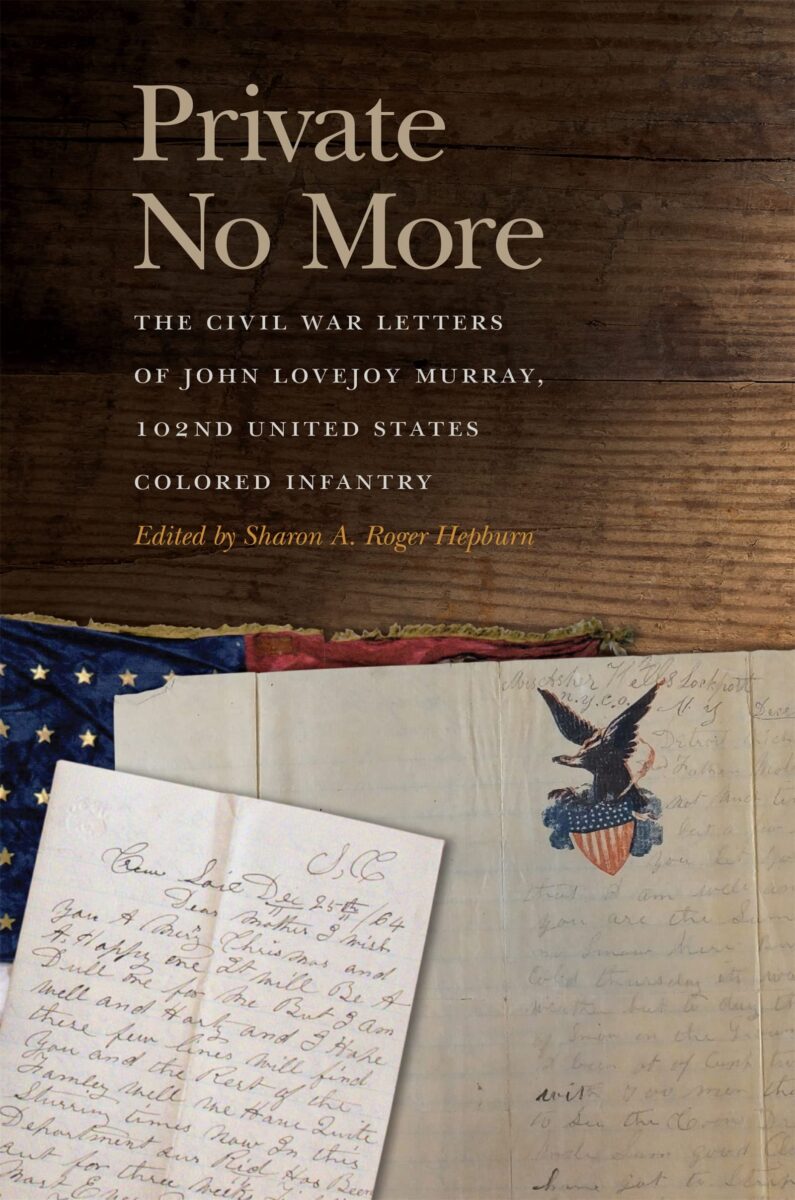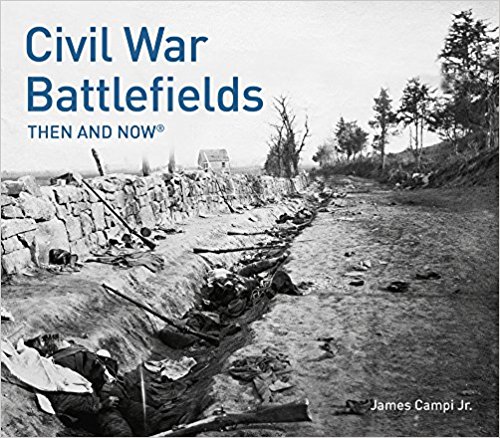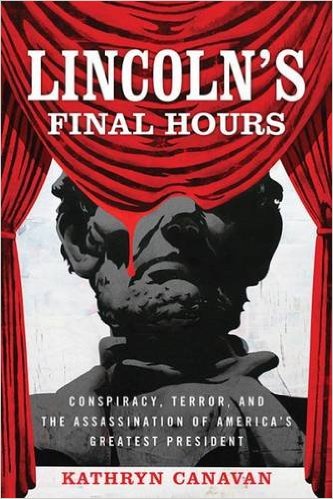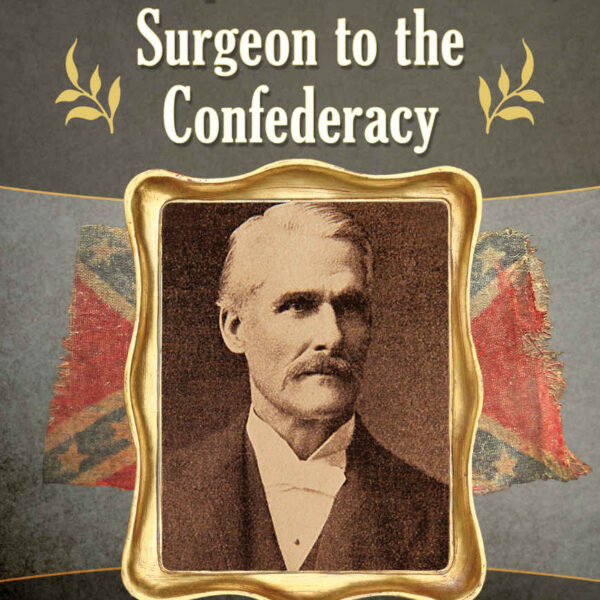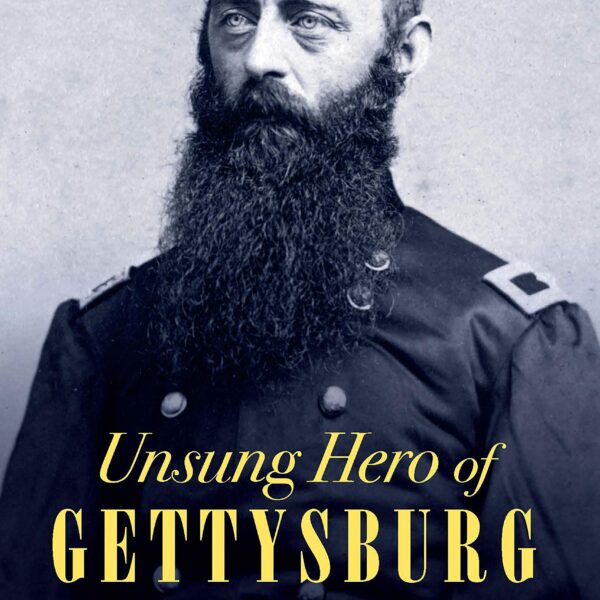What makes Private No More: The Civil War Letters of John Lovejoy Murray, 102nd United States Colored Infantry an unusual book? First, letters from a private in an African American regiment are rare, especially those that have survived in manuscript form as opposed to those published in newspapers. John Lovejoy Murray’s letters were part of a pension application filed by his mother, Sarah Wells. Second, the letters themselves are often quite ordinary, sometimes quite revealing, and frequently difficult to interpret. Third, the editor, Sharon A. Roger Hepburn has undertaken an extremely challenging task and performed it superbly.
John Lovejoy Murray was thirty-four-years-old in 1863 when he enlisted in the 1st Michigan Colored Infantry (later the 102nd United States Colored Troops). A well-crafted introduction offers a detailed assessment of Murray’s letters, the conditions under which they were written, how they might been read, and what they reveal about the service of an African American enlisted man or common soldier life more generally. At one point, Private Murray anticipated becoming a sergeant—a promotion that never came.
Murray and his comrades spent the war on picket and outpost duty in the South Carolina Sea Islands, interrupted by a brief and unhappy stint in Florida. He at first praised several white officers, but later wrote more critically about them. The editor usefully points out that many of the experiences and attitudes recounted differed little from those of white enlisted men. There were the usual mentions of food and weather. At one point, Murray grumbled that flies and gnats were a bigger annoyance than rebels. Health was a constant worry, and for Murray recurring fevers sapped his strength. On April 12, 1865, he died of some unspecified disease, an all too typical case. Several letters mentioned soldier deaths and burials along with the large number of men sent to a Beaufort hospital. Rumors about where the regiment was heading next or how the war was proceeding in other theaters received occasional attention. Murray deemed picket duty both tedious and dangerous, especially because Confederates refused to come out and fight in the open. Murray described the Battle of Honey Hill, the only sizable engagement in which he fought. He wrote of waning enemy fortunes but feared that the Confederates would fight to the last man.
Readers interested in challenges and problems faced by African American troops will find some valuable information, albeit much of it brief and at times cryptic. Several letters noted the pay differential between white and black troops. Murray and his comrades pressed for the full thirteen (later raised to sixteen) dollars a month plus a clothing allowance. When he was not treated fairly, Murray refused to sign the payroll. There was much talk of bounties and complaints about bounty jumpers. Writing from Port Royal, South Carolina, in May 1864, Murray claimed that black and white troops got along well and that he had faced far more serious racism in the North. At the same time, he thought that some white officers failed to give the enlisted men proper credit for carrying out their duties. Murray was especially critical of units made up of former slaves and wrote dismissively of the “contrabands.” Confederates were afraid to fight black men, he asserted, but his comrades feared being captured by Rebels who might offer no quarter. As for the larger consequences of the war, Murray complained that the state of Michigan refused to recognize black men as citizens, and there was a near riot when some of the soldiers attempted to vote in the 1864 presidential election. News of emancipation in Maryland spurred thoughts about the prospects of the same in South Carolina and the approaching close of the conflict.
There are a handful of letters from Murray’s mother. She greatly missed him and urged him to be prepared for death. She expressed much concern for his health and hers; she mentioned the prospects of meeting in heaven. When the expected letters did not arrive, she worried that her son was a prisoner or dead.
Professor Hepburn’s editing is outstanding. Aside from the fine introduction, extensive notes flesh out unclear passages and correct Murray’s occasionally misleading comments. The deeply researched annotations present further details on the regiment, much of it drawn from other men’s pension files. An excellent subject index makes it easy to track the topics most frequently mentioned by the Civil War common soldier. Private No More would be excellent for classroom use because it combines the story of an African American volunteer with a wealth of material on soldier life.
George C. Rable is the author of many award-winning books on the Civil War era. His latest title, Conflict of Command: George McClellan, Abraham Lincoln, and the Politics of War, will be published in August 2023 by Louisiana State University Press.
